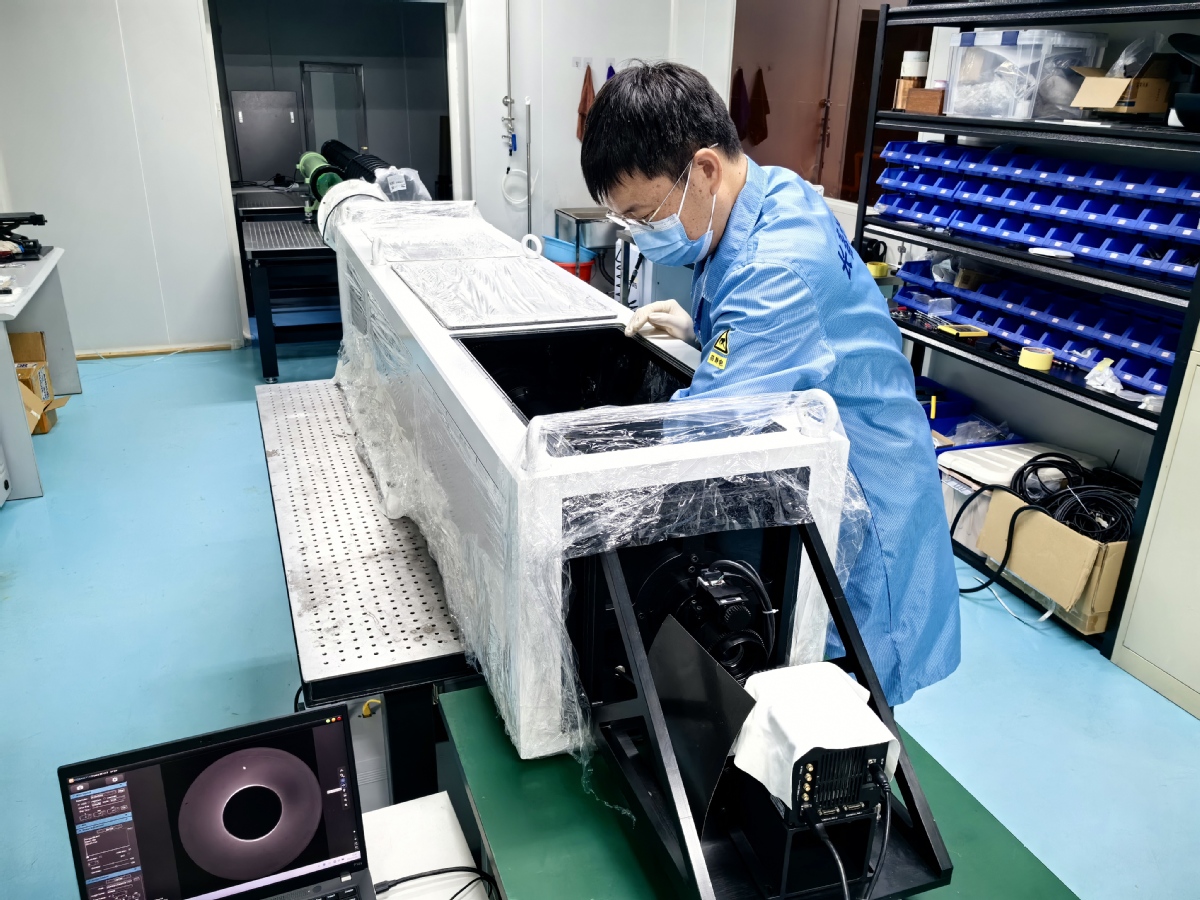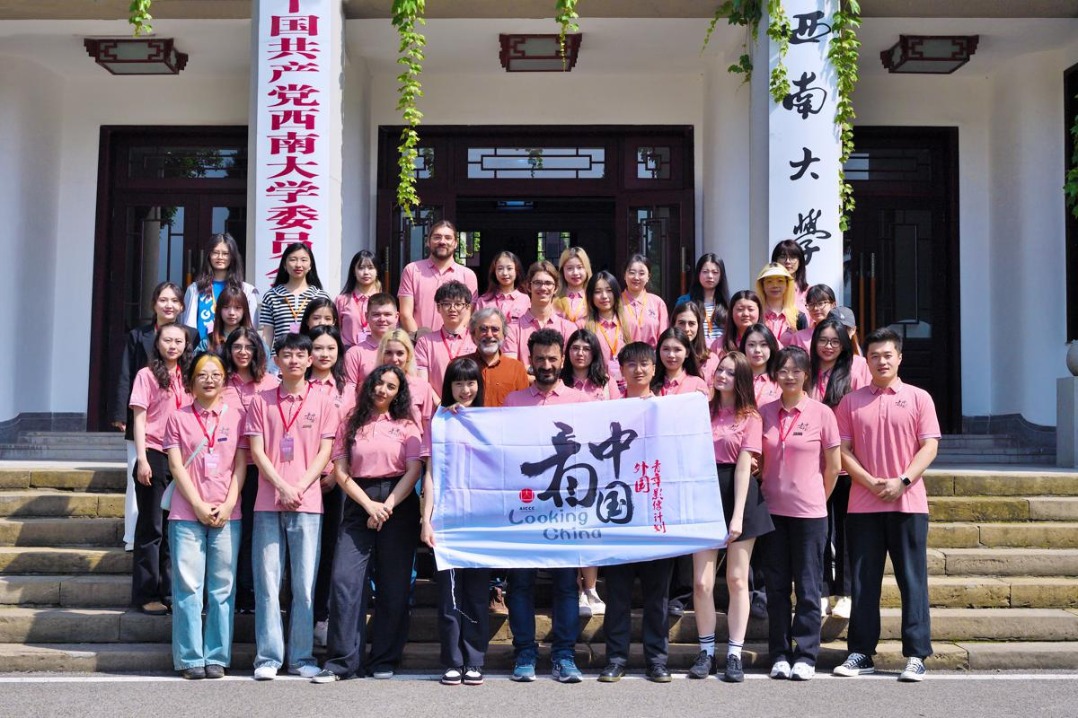China's spectral imaging coronagraph makes history with solar corona images


In a significant milestone, the Changchun Institute of Optics, Fine Mechanics and Physics (CIOMP) has announced the publication of the first coronal images captured by China's Spectral Imaging CoronaGraph (SICG). The achievement marks the successful completion of China's inaugural independently developed normalized operational ground-based coronagraph.
Positioned at the Lijiang Yulong Astronomical Observatory in Yunnan province, the SICG operates at an altitude of 3,200 meters above sea level.
Zhang Hongxin, a researcher from CIOMP, explained the three integral components of SICG: an optical imaging lens, an optical filter, and an equatorial mount. The research task for the optical imaging system, undertaken by Zhang's team in December 2019, set the groundwork for SICG's successful development, making them the pioneering researchers in this domain in China.
Scientific data obtained from SICG has been lauded on an international scale, achieving a first-class level and establishing it as the foremost ground-based coronagraph with optical glass accuracy below 0.5 nanometers. Jointly developed by Shandong University, CIOMP, CAS, Nanjing Institute of Astronomical Optics and Technology, and Yunnan Observatory of CAS, SICG is a testament to China's advancements in astronomical instrumentation.
Zhang Hongxin emphasized the significance of observing the sun's corona, the outermost layer of its atmosphere, for various scientific purposes. However, capturing the coronal signal, which is significantly weaker than the brightness of the solar sphere, poses a considerable challenge due to atmospheric light scattering.
Addressing this challenge, Zhang and his team pioneered the precision polishing of optical glass to below 0.5 nanometers to suppress stray light in the optical imaging coronagraph. Despite facing a lack of reference cases in China, the team simulated an artificial sun in the laboratory, meticulously conducting calculations, filtering, and testing to achieve the desired precision.
To ensure accurate observational results, researchers undertook multiple inspections at the Yunnan observatory, contending with the high altitude's breathing difficulties. Despite the challenges, they successfully improved optical glass accuracy and overcame key technological hurdles related to coronagraph stray light analysis and suppression.
Zhang affirmed that the project has significantly enhanced the scientific research capabilities of the team, marking a new starting point in their field. Looking ahead, the project team aims to conduct joint debugging and testing, optimize equipment operations, and refine data processing procedures in preparation for SICG's official operation in 2024.
- 30 young Chinese, 20 organizations awarded highest youth honor
- Giant pandas embark on new journey to Spain
- China's top procuratorate orders arrest of former senior political advisor
- New Greater Bay Area art, cultural center to open
- English version of book about Xi's elaborations on BRI published
- Mainland urges Taiwan to resume direct cross-Strait flights, voyages in full




































